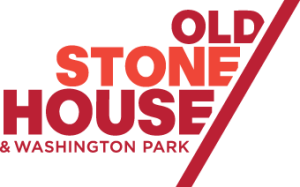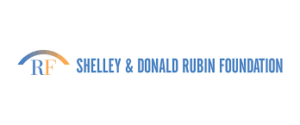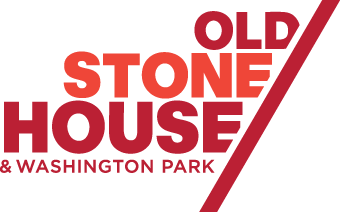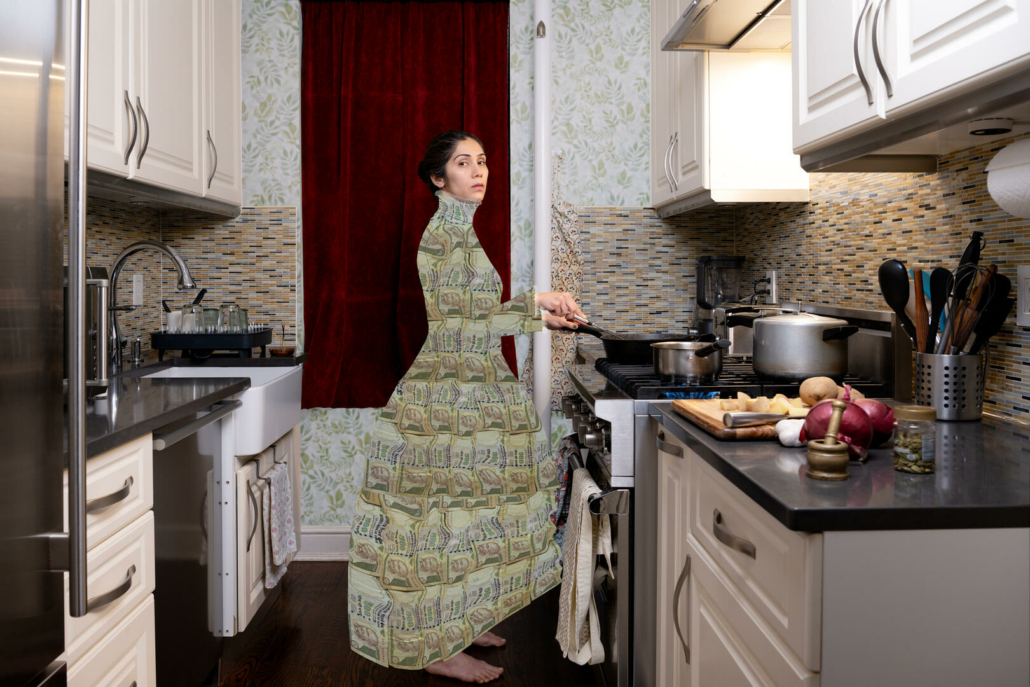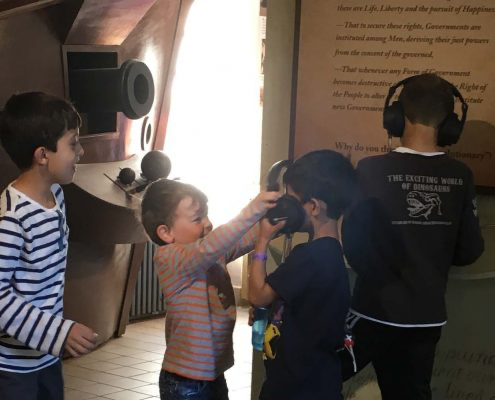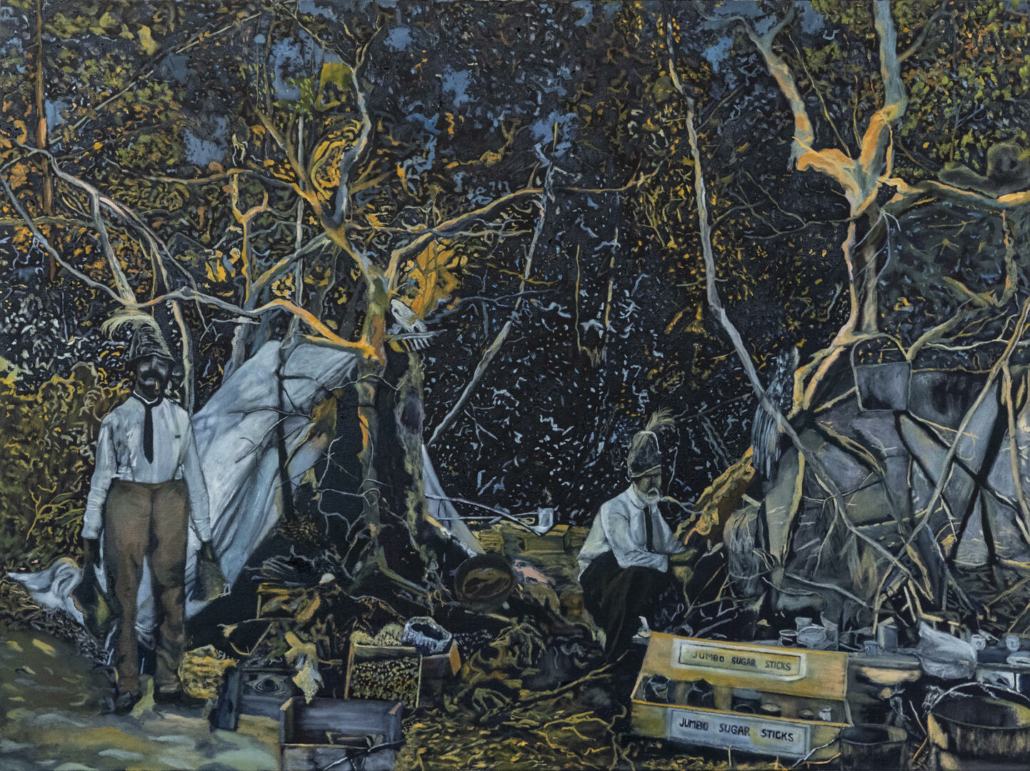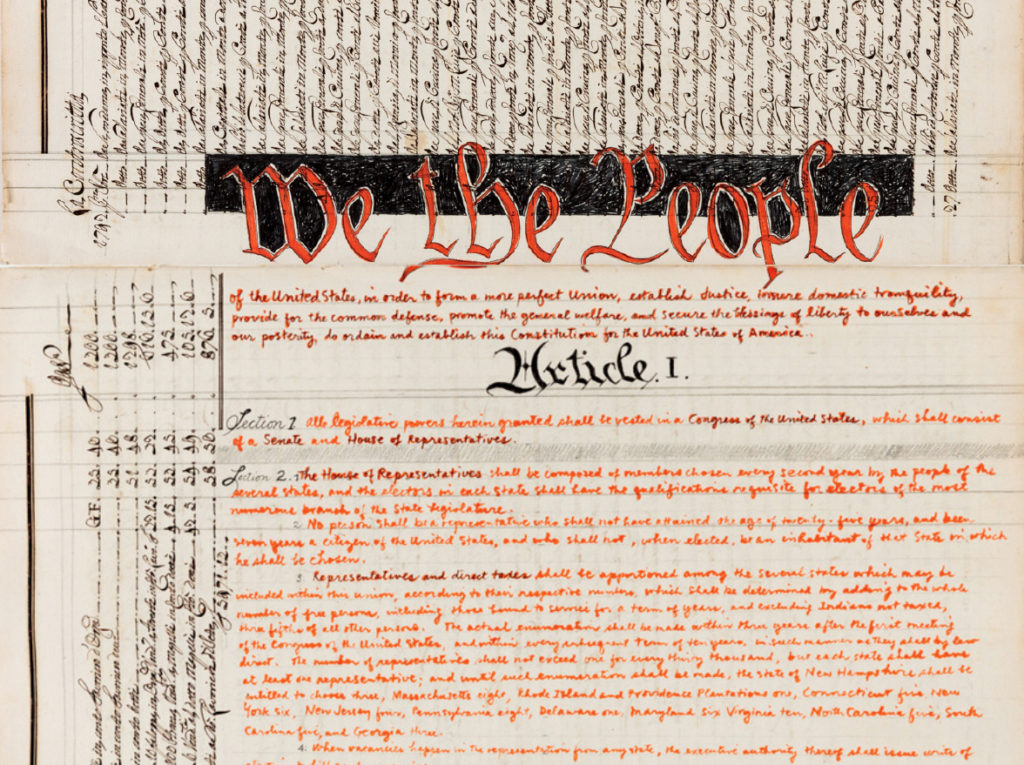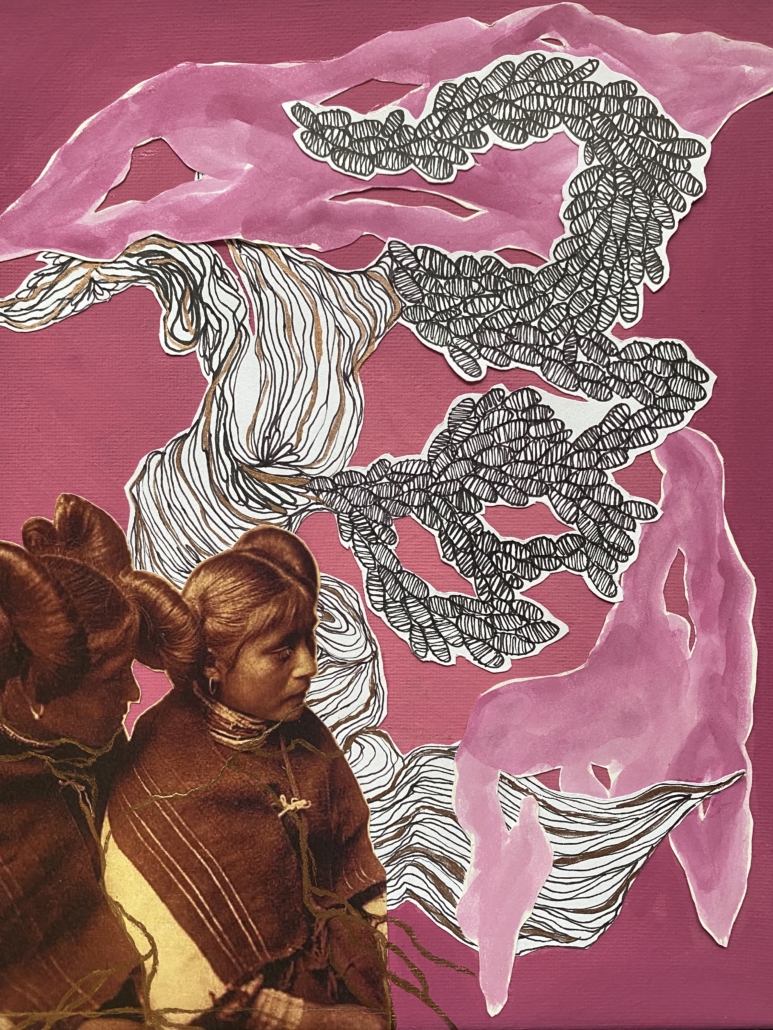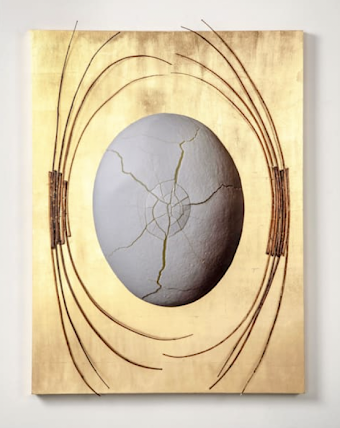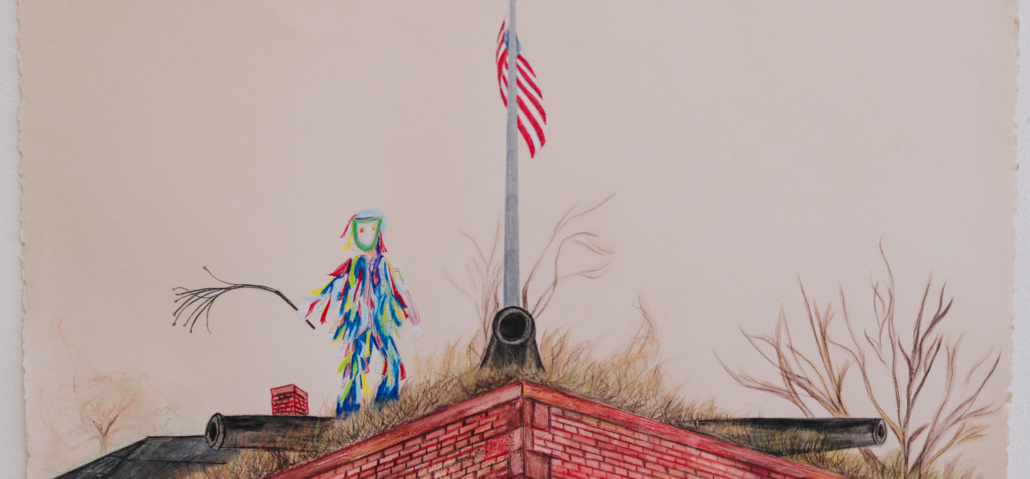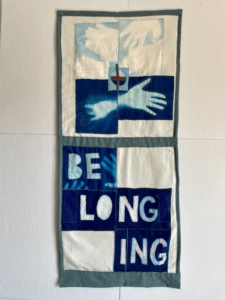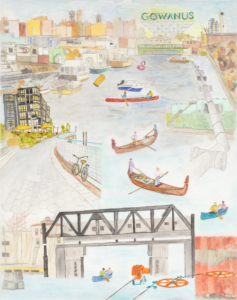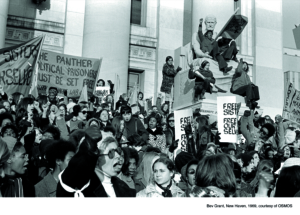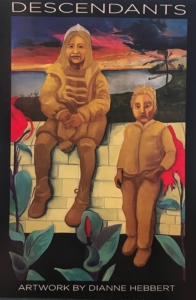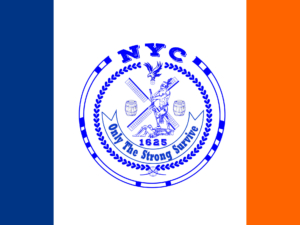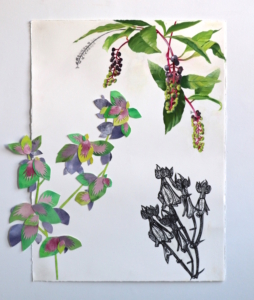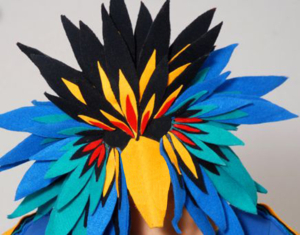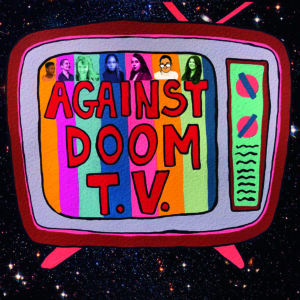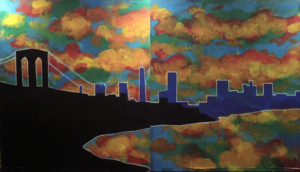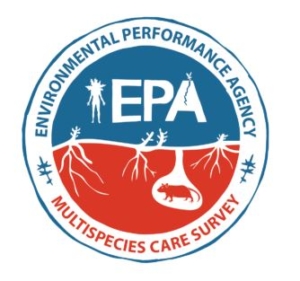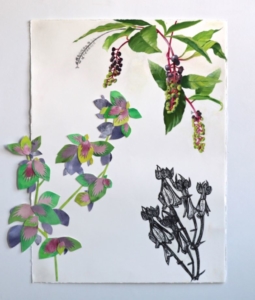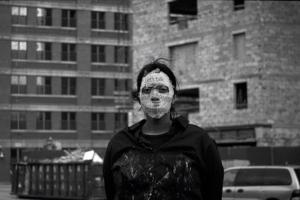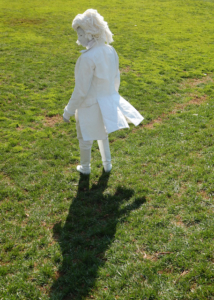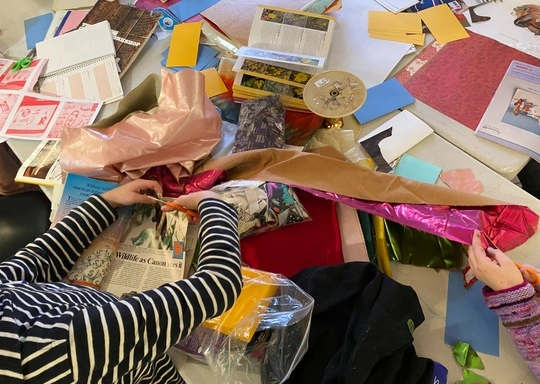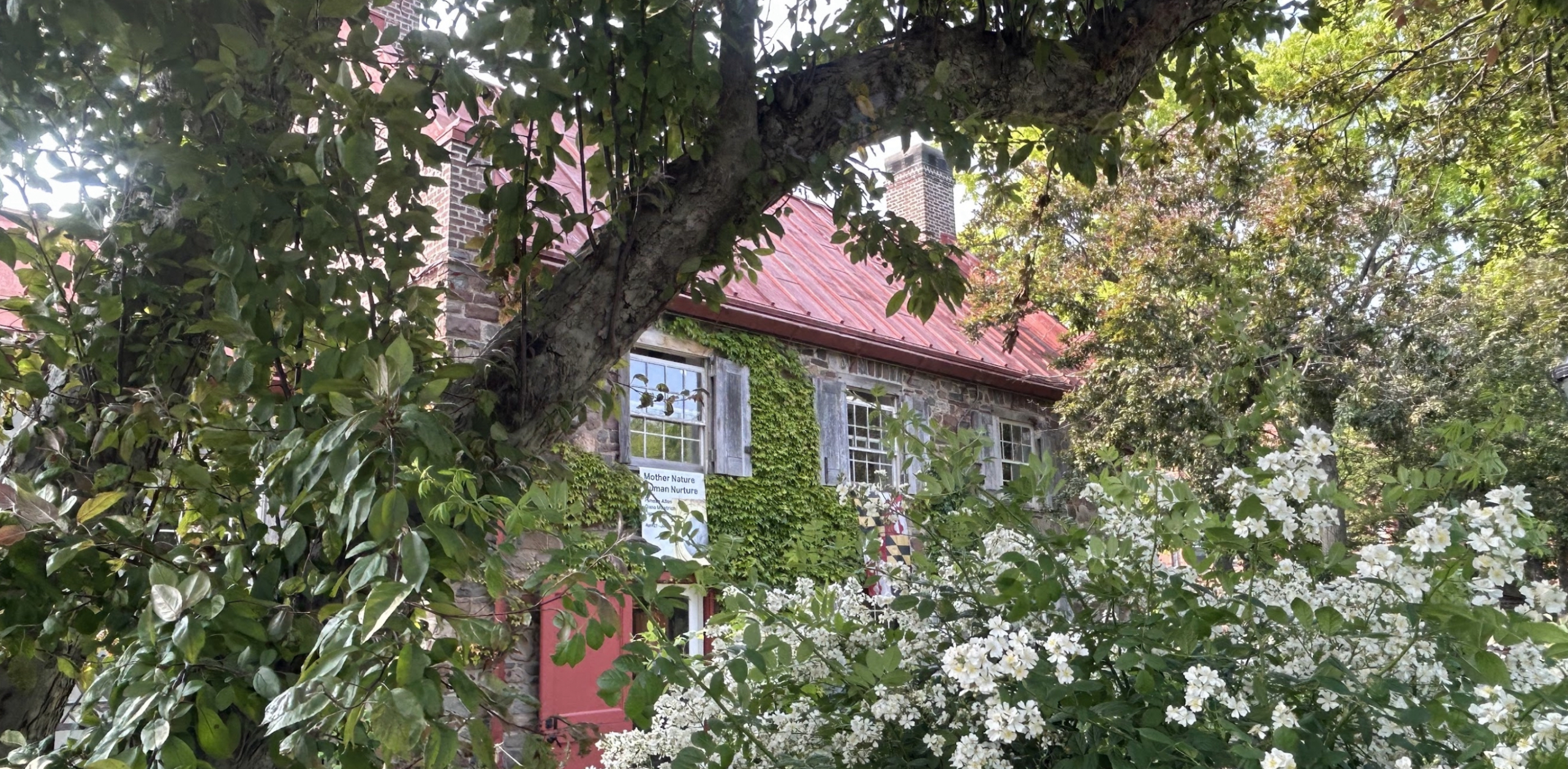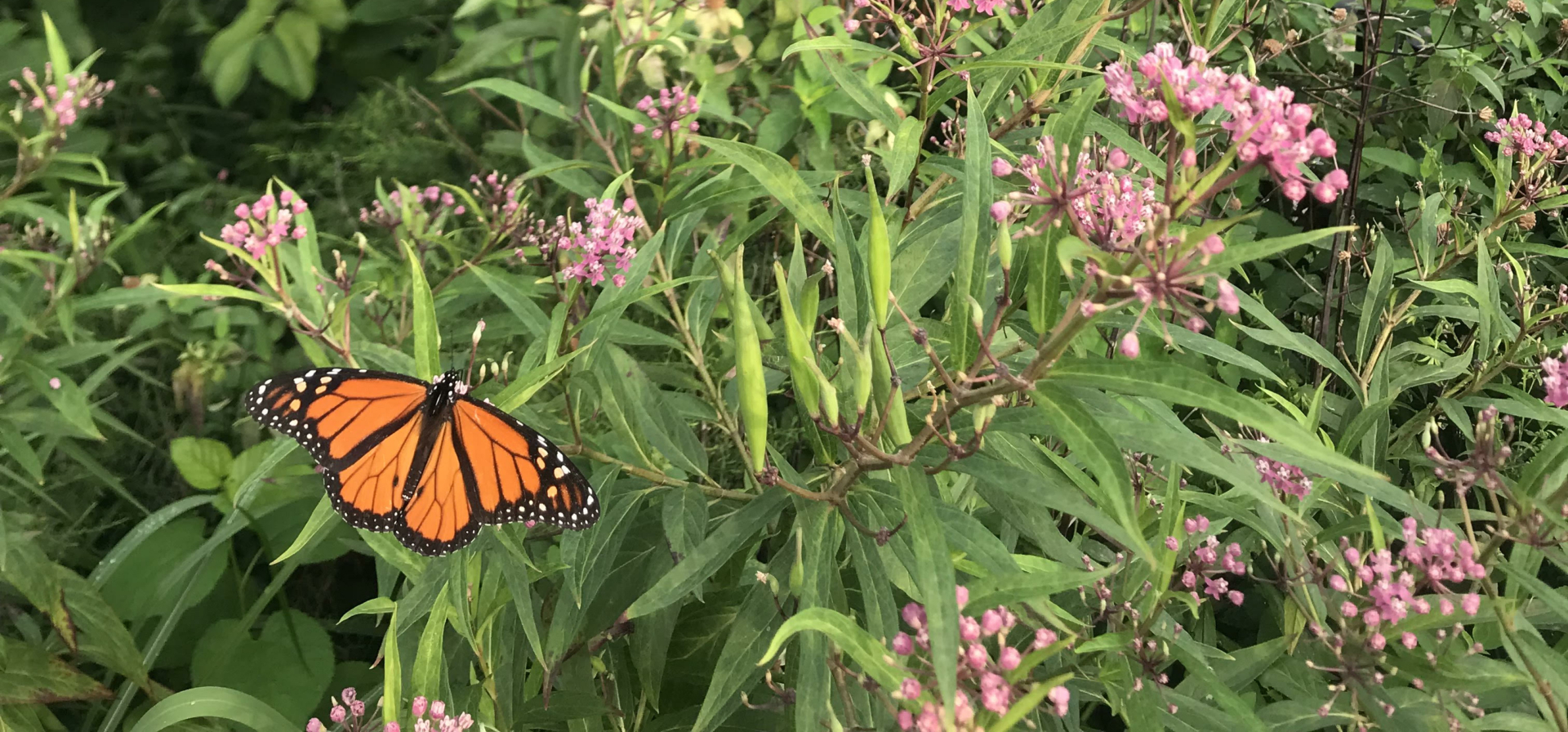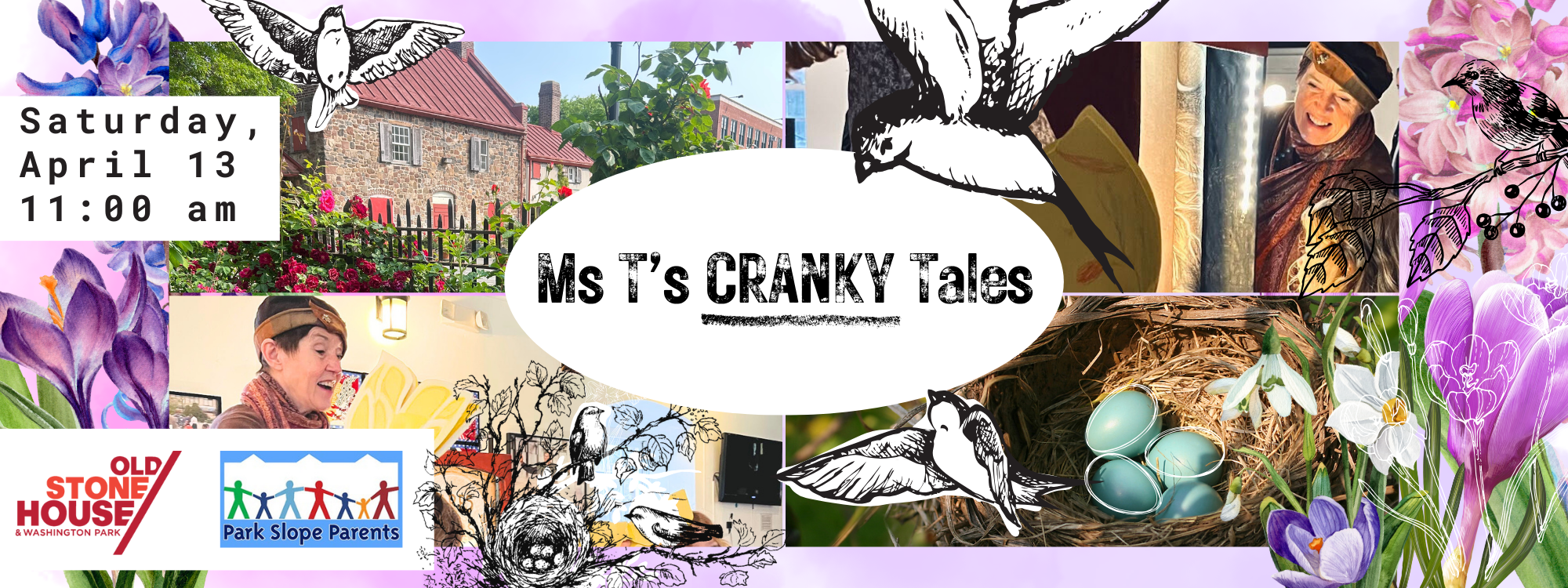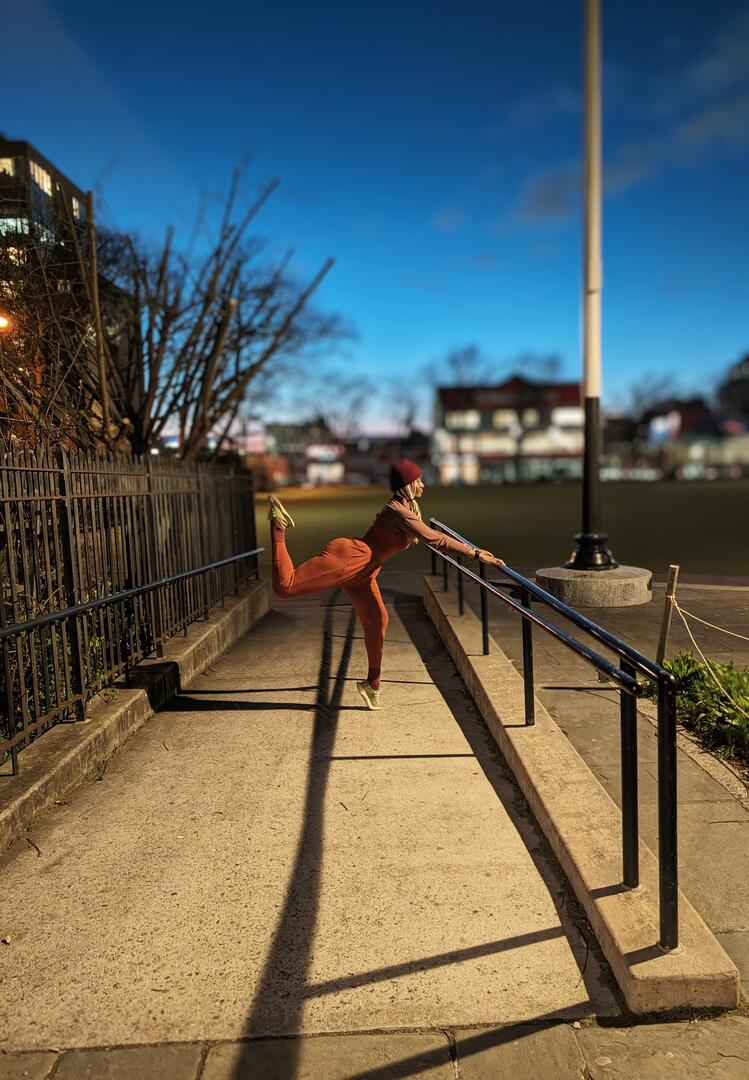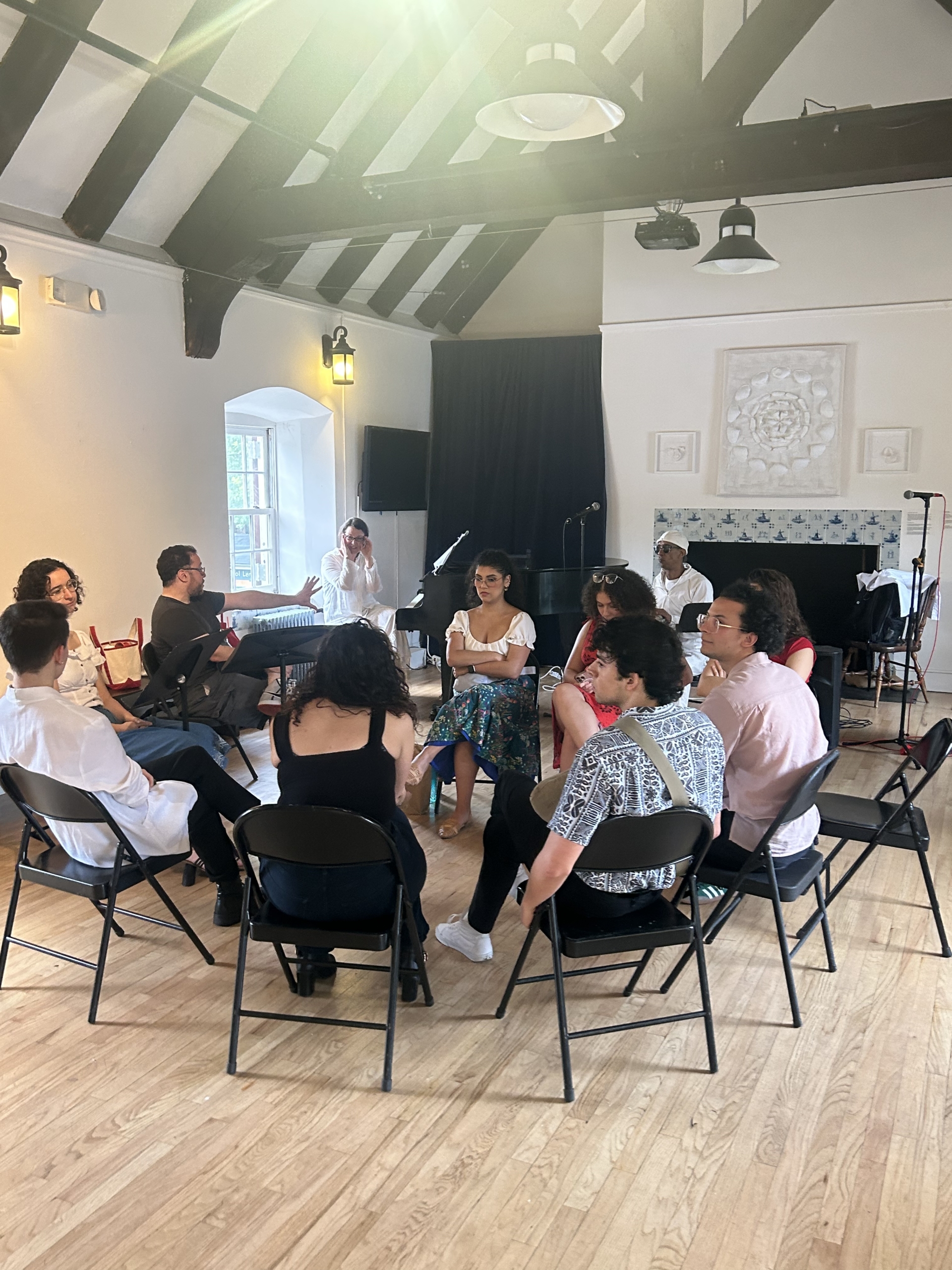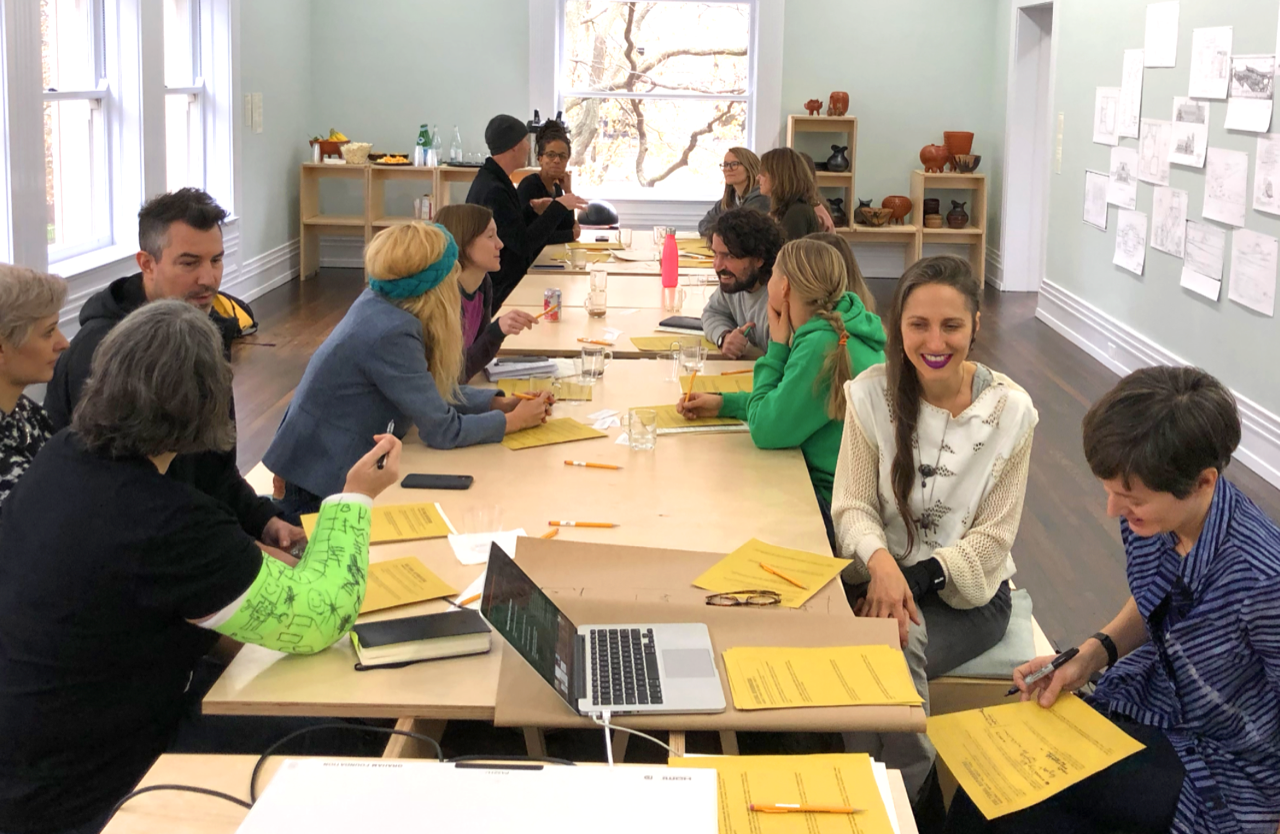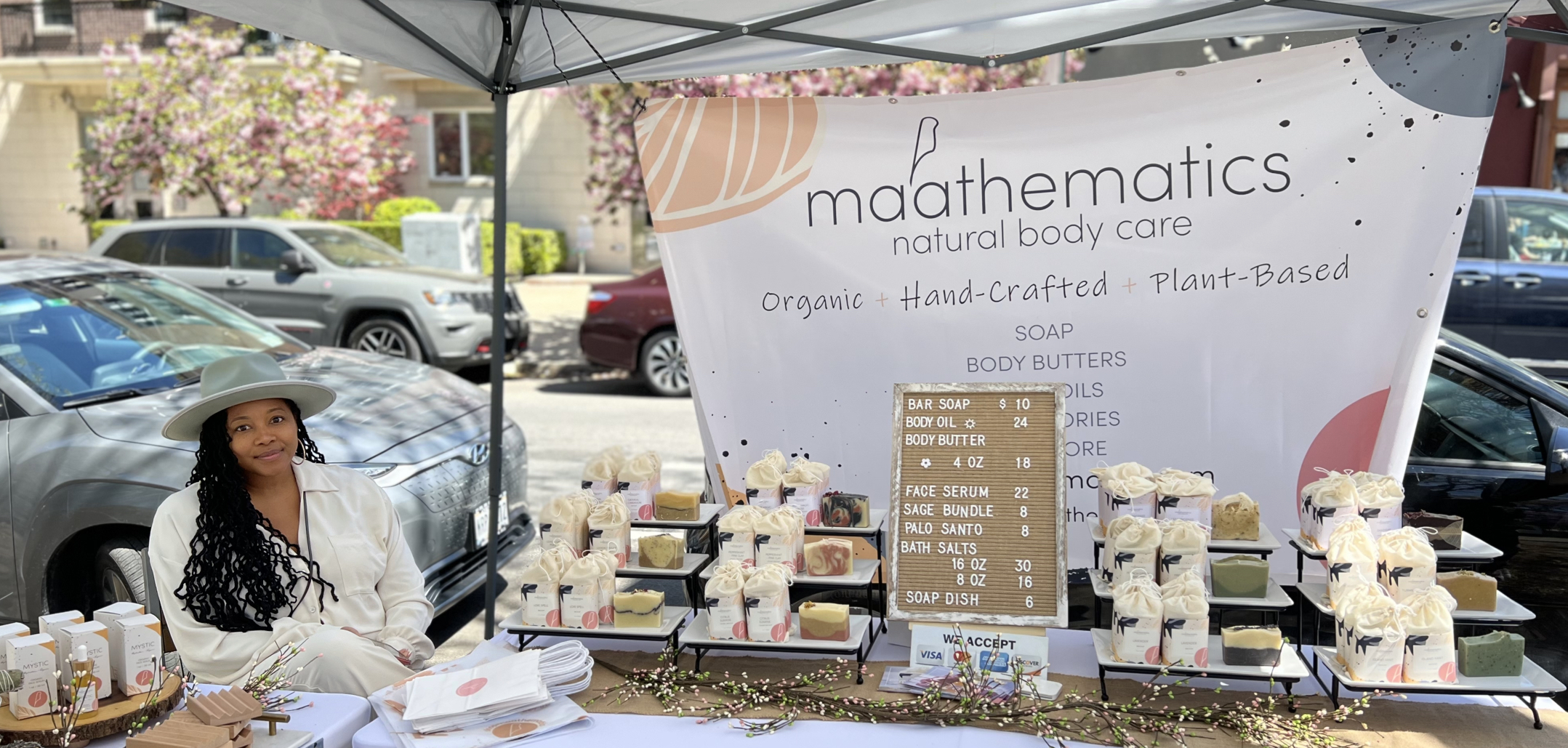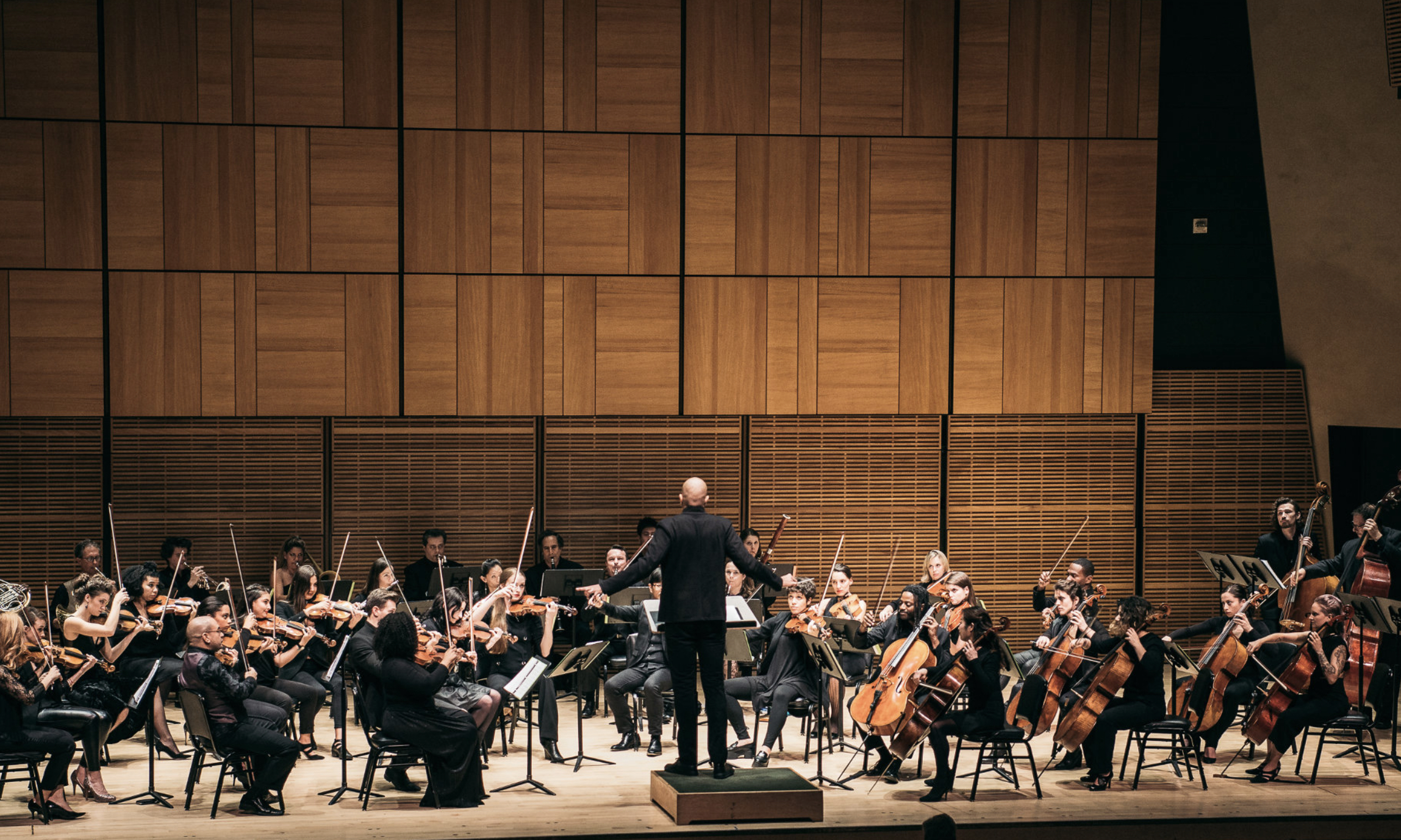Against Doom TV (Fall 2020-Winter 2021)
A project by Amy Khoshbin & Macon Reed
October 25, 2020 – January 31, 2021. Gallery hours by appointment Friday-Sunday, Noon – 3 pm.
View a virtual tour of the Exhibition.
Stay tuned for events planned throughout the run of the Exhibition.
Against Doom TV is an interactive variety show bringing together artists, organizers, and candidates to make dismantling harmful systems and imagining the future we want more fun and radical. Artists Amy Khoshbin and Macon Reed explore the potential of collaborative performative and video practices to promote both activism and healing during this tumultuous time leading up to and in the aftermath of the 2020 election. Flipping the script on the drudgery of online platforms and passive TV watching, they tap into the history of artists using the absurd and play.
In the first episode, “Against DOOM TV: Abolitionism + Electoral Politics,” the artists tackle abolition and electoral politics as harm reduction. What does abolition mean? How can we use art, direct action, and policy making to create a world without prisons, punishment, and other forms of control? And how do we use abolitionist art making and direct action to bring people to the polls and help us envision a world beyond the current electoral systems? Speaking with a City Council candidate and abolitionist organizers, Khoshbin and Reed uncover answers with a live online audience through interviews, dating shows and more. Additional virtual and outdoor programming will respond to the outcome of the November 3 election and to Inauguration Day in January, with the goal of an ongoing series.
The exhibition includes video, sets and objects from the TV episode; and related artworks, including outdoor banners. Through these works both artists investigate corporate control, American idealism, and constructed ideas of success. They sometimes meditate on death to call for more active engagement with the present and a rejection of past mythologies.
About the Artists:
Macon Reed is a queer multidisciplinary artist who creates objects that are activated through performance and public participation, creating rituals and discourse around social and political issues. Her work is guided by a set of central concerns around power, collective consciousness and belonging, providing an inclusive platform for exchange. Using simple and accessible materials, working with a consistent palette of unapologetically bright colors, which allow the inconsistencies of her hand to show. Her work has been exhibited in New York at venues such as PULSE NYC Special Projects, BRIC Media Arts, ABC No Rio, and Abrons Art Center. Nationally, at San Francisco Museum of Craft and Design, Museum of Contemporary Art (Chicago), and Every Woman Biennial (Los Angeles). Internationally, at Transmediale Vorspiel (Berlin), La Patinoire Royale (Brussels), Five Years Gallery (London), Athens Museum of Queer Arts (Greece), Palazzina Liberty (Bologna), and Royal Academy of Arts Schools (London), and the University of New South Wales Gallery (Sydney). Reed completed her MFA at the University of Illinois at Chicago as a University Fellow in 2013 and received her BFA from Virginia Commonwealth University in 2007. She has completed many residencies and fellowship programs including at the Royal Academy of Arts (London), Eyebeam Center for Art+Technology, A.I.R. gallery, Amherst College, and Skowhegan School of Painting and Sculpture. Her work has received mention in The New York Times, Hyperallergic, Artnet News, Huffington Post, ArtFCity, The Washington Post, The Village Voice, BK Reader, The Gothamist, Art F City, Huffington Post, Arte TV France, and Arte TV Germany, among others.
Amy Khoshbin is an Iranian-American Brooklyn-based artist, activist, and educator. Her practice, as an artist and pedagogue, builds bridges between disparate communities to counteract fear with a collective sense of empowered radical acceptance. She pushes the formal and conceptual boundaries of artmaking to foster progressive social change through performance, social practice, video, rap music, installation, tattooing, teaching and writing. She has shown at venues such as The Whitney Museum of American Art The Solomon R. Guggenheim Museum, Times Square Arts, Artpace, The High Line, Socrates Sculpture Park, VOLTA Art Fair, Leila Heller Gallery, Arsenal Contemporary, National Sawdust, BRIC Arts, and festivals such as River to River and South by Southwest. She has received residencies at spaces such as The Watermill Center, Lower Manhattan Cultural Council, Project for Empty Space, Anderson Ranch, and Banff Centre for the Arts. She has received a Franklin Furnace Fund and a Rema Hort Mann Artist Community Engagement Grant. Khoshbin received an MA from New York University in Tisch School of the Arts and a BA in Film and Media Studies at University of Texas at Austin. She has collaborated with Laurie Anderson, Karen Finley, House of Trees, Tina Barney, and poets Anne Carson and Bob Currie among others.
About the Curator: Katherine Gressel, the Old Stone House & Washington Park’s Contemporary Art Curator, is a New York‐based curator, artist, and writer focused on site‐specific art. She earned her BA in art from Yale and MA in arts administration from Columbia. Katherine’s previous exhibits dealing with such topics as income inequality, urban agriculture, and parks have been recognized by the New York Times, Time Out New York, Hyperallergic, News 12 Brooklyn, and DNAInfo. In addition to organizing eleven major exhibitions to date at the Old Stone House, Katherine has curated for FIGMENT, No Longer Empty, St. Francis College, and Brooklyn Historical Society, and was the 2016 NARS Foundation emerging curator. She was selected for the 2015 Independent Curators International (ICI) Curatorial Intensive in New Orleans. Katherine has written and presented on public and community art issues for Createquity, Americans for the Arts, and Public Art Dialogue, among others. Katherine also served as Programs Manager at Smack Mellon Gallery from 2010-2014, and has worked and consulted for diverse nonprofits.
Against Doom TV is made possible by the New York State Council on the Arts with the support of Governor Andrew M. Cuomo and the New York State Legislature, The Shelley & Donald Rubin Foundation, and the New York City Department of Cultural Affairs.
